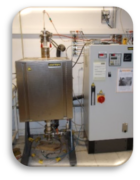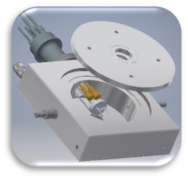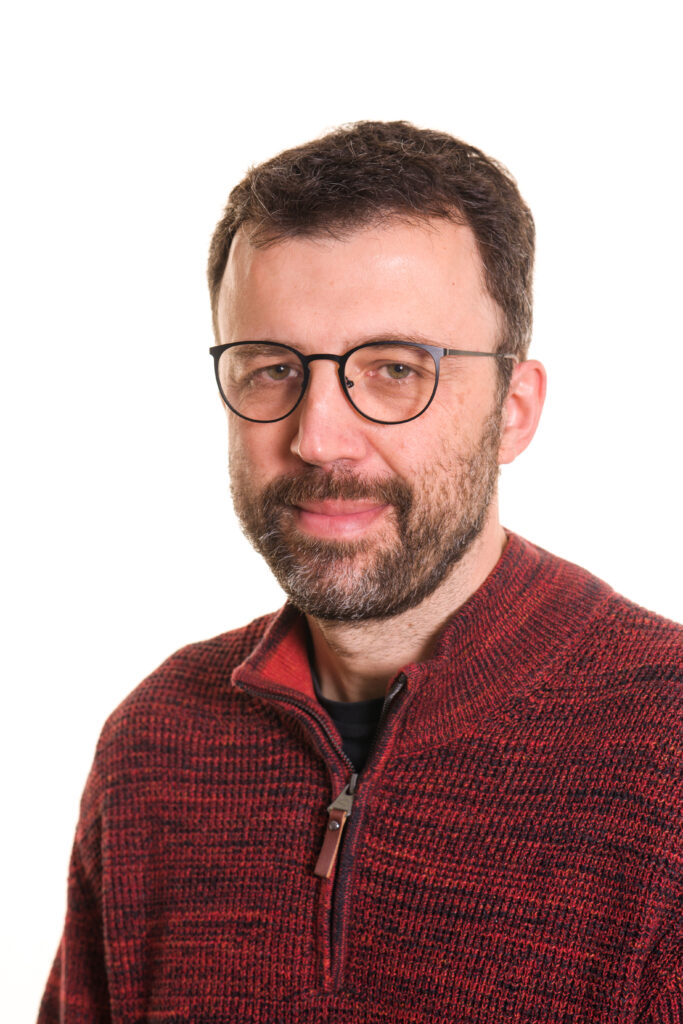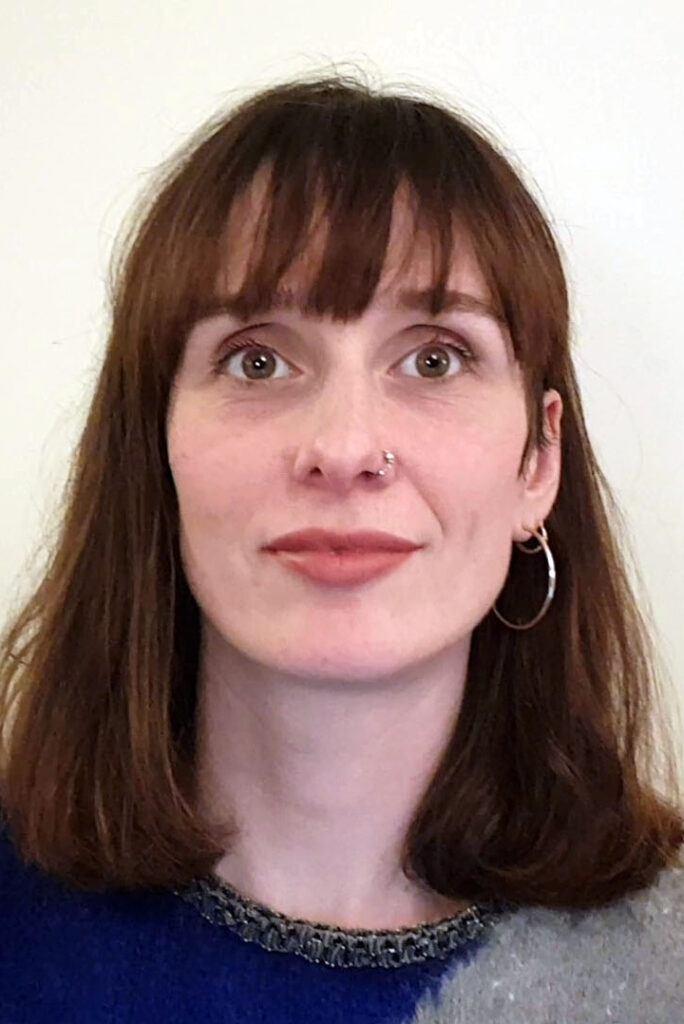
Scientific lead
Lab manager
Associated researchers
Work performed in the CoMaX facility aims to better understand the history and emplacement of both terrestrial and extraterrestrial magmatic rocks, as well as the isotopic fractionations that occur during high-energy processes (evaporation/condensation, irradiation, ionisation…).
To meet the demands of this research, the experimental facility houses (1) High-Pressure–High-Temperature, (2) Atmospheric-Pressure–High-Temperature, and (3) Vacuum–High-Temperature equipment.
Due to this wide range of equipment, the CoMaX facility is divided into two complementary entities: “Experimental Cosmochemistry” and “Experimental Magmatology”.

Scientific lead: Celia Dalou
Lab manager: Delphine Lequin
Experimental Cosmochemistry
Scientific lead: Laurent Tissandier
Lab manager: Laurent Tissandier
- Mirror furnace
- Vacuum line for sealed silica tubes
- Nébulotrons
Experimental Magmatology
Scientific lead: Karine Devineau
Lab manager: Delphine Lequin
- Externally heated autoclaves with rapid quenching system
- High-temperature muffle furnaces
- Vertical high-temperature gas-mixing furnaces
- Piston cylinder apparatus
- Hot plates
The CoMaX facility is in the basement of the CRPG. At the local level, this facility is part of the ANATELo network (OSU OTELo); at the national level, it is part of the RéGEF (INSU), CRISTECH, Réseau des Electroniciens, Réseau de Technologie des Hautes Pressions, and RTVide networks.
The facility is accessible to all CRPG researchers and annually welcomes tens of users through internships, theses, or external collaborations. We also provide services for our academic collaborators or private partners; do not hesitate to contact us for more information.
HP-HT EQUIPMENT

Piston cylinder
Facility manager: Célia Dalou
celia.dalou@univ-lorraine.fr
- Piston cylinder P = 0.5–4 GP, Tmax = 1800 °C
- Planetary differentiation
- Studying the Earth’s upper mantle

Cold-Seal Pressure Vessels
Facility manager: Karine Devineau
karine.devineau@univ-lorraine.fr
- P < 0.2 GPa, Tmax = 800 °C
- Crystallisation and melting of silicic liquids
1 atm-HT EQUIPMENT

Mirror furnace
Facility manager: Laurent Tissandier
laurent.tissandier@univ-lorraine.fr
- P = 0.1–2 bar, Tmax ≈ 2000 °C
- Redox conditions controlled by gas flux
- Crystal synthesis by floating zone

Muffle furnace
Facility manager: François Faure
francois.faure@univ-lorraine.fr
- Tmax = 1700 °C
- Glass synthesis
- Experiments in sealed tubes

Vertical HT furnaces
Facility manager: François Faure
francois.faure@univ-lorraine.fr
- Tmax = 1700 °C
- Crystal growth
- Phase diagrams

Heating stages
Facility manager: François Faure
francois.faure@univ-lorraine.fr
- Tmax = 2500 °C
- Fluid and magmatic inclusions
- Crystal growth
VACUUM-HT EQUIPMENT

Vacuum line for sealed ampoules
Facility manager: Laurent Tissandier
laurent.tissandier@univ-lorraine.fr
- P ≈ 1 bar, Tmax = 1400 °C
- Volatile element solubilities in silicate melts
- Limitation of volatilisation at HT for long-duration experiments

Nebulotrons
Facility manager: Laurent Tissandier
laurent.tissandier@univ-lorraine.fr
- P = 0.01 mbar to 1 bar
- Plasma experiments for synthesising carbon compounds
- HT (Tmax ≈ 2500 °C) evaporation/condensation experiments
CONDITIONS OF ACCESS/RATES
Access: Access to this platform is obtained by contacting the manager, who will evaluate the feasibility of the project (contact the scientific lead and/or facility manager by email or using the request form below).
PRICES: Contact the platform scientific lead and/or lab manager.
REQUEST FORM
Contact form:
membERs
RECENT AND NOTABLE PUBLICATIONS
Amalberti, J., Burnard, P., Tissandier, L., & Laporte, D. (2018). The diffusion coefficients of noble gases (He-Ar) in a synthetic basaltic liquid: One-dimensional diffusion experiments. Chemical Geology, 480, 35–43.
Bekaert, D. V., Derenne, S., Tissandier, L., Marrocchi, Y., Charnoz, S., Anquetil, C., et al. (2018). High-temperature ionization-induced synthesis of biologically relevant molecules in the protosolar nebula. Astrophysical Journal, 859(142).
Boulliung, J., Dalou, C., Tissandier, L., Füri, E., & Marrocchi, Y. (2021). Nitrogen diffusion in silicate melts under reducing conditions. American Mineralogist, 106, 662–666.
Boulliung, J., Füri, E., Dalou, C., Tissandier, L., Zimmermann, L., & Marrocchi, Y. (2020). Oxygen fugacity and melt composition controls on nitrogen solubility in silicate melts. Geochimica et Cosmochimica Acta, 284, 120–133.
Chevreux, P., Tissandier, L., Laplace, A., Vitova, T., Bahl, S., Le Guyadec, F., et al. (2021). Uranium solubility and speciation in reductive soda-lime aluminosilicate glass melts. Journal of Nuclear Materials, 544, 152666.
Condamine P., Couzinié S., Fabbrizio A., Devidal J.-L., & Médard E., Accepted. Trace element partitioning during incipient melting of phlogopite-peridotite in the spinel and garnet stability fields. Geochimica et Cosmochimica Acta.
Condamine P., Tournier S., Charlier B., et al., In Press. Influence of intensive parameters and assemblies on friction evolution during piston-cylinder experiments. American Mineralogist.
Dalou, C., Deligny, C., & Füri, E. (2022). Nitrogen isotope fractionation during magma ocean degassing: tracing the composition of early Earth’s atmosphere. Geochemical Perspectives Letters, 20, 27-31.
Dalou, C., Füri, E., Deligny, C., Piani, L., Caumon, M. C., Laumonier, M., Boulliung J. & Edén, M. (2019). Redox control on nitrogen isotope fractionation during planetary core formation. Proceedings of the National Academy of Sciences, 116(29), 14485-14494.
Faure, F. (2020). Early silica crust formation in planetesimals by metastable silica-rich liquid immiscibility or cristobalite crystallisation: the possible origin of silica-rich chondrules. Scientific Reports, 10/4765 doi.org/10.1038/s41598-020-61806-5.
Faure, F., Tissandier, L., Florentin, L., & Devineau, K. (2017). A magmatic origin for silica-rich glass inclusions hosted in porphyritic magnesian olivines in chondrules: An experimental study. Geochimica et Cosmochimica Acta, 204, 19-31.
Florentin, L., Deloule, E., Faure, F., & Mangin, D. (2018). Chemical 3D-imaging of glass inclusions from allende (CV3) olivine via SIMS: A new insight on chondrule formation conditions. Geochimica et Cosmochimica Acta, 230, 83–93.
Florentin, L., Faure, F., Deloule, E., Tissandier, L., Gurenko, A., & Lequin, D. (2017). Origin of Na in glass inclusions hosted in olivine from Allende CV3 and Jbilet Winselwan CM2: Implications for chondrule formation. Earth and Planetary Science Letters, 474, 160–171.
Fournier, J., Régnier, E., Faure, F., Le Goff, X., Brau, H. P., Brackx, E., et al. (2018). Application of the JMAK model for crystal dissolution kinetics in a borosilicate melt. Journal of Non-Crystalline Solids, 489, 77–83.
Fournier, J., Régnier, E., Faure, F., Le Goff, X., Brau, H. P., Brackx, E., et al. (2018). Modeling of dissolution kinetics of rare earth crystals in a borosilicate glass melt. Journal of Non-Crystalline Solids, 481, 248–253.
Giuliani, G., Pignatelli, I., Lheur, C., Feneyrol, J., Claiser, N., Tissandier, L., et al. (2019). Les zoïsites de Canari (France) et Merelani (Tanzanie) : similitudes et différences. Le Règne Minéral, 149, 20–51.
Kuga, M., Cernogora, G., Marrocchi, Y., Tissandier, L., & Marty, B. (2017). Processes of noble gas elemental and isotopic fractionations in plasma-produced organic solids: Cosmochemical implications. Geochimica et Cosmochimica Acta, 217, 219–230.
Tissandier, L., & Rollion-Bard, C. (2017). Influence of glass composition on secondary ion mass spectrometry instrumental mass fractionation for Si and Ca isotopic analyses. Rapid Communications in Mass Spectrometry, 31, 351–361.
Tissandier, L., Florentin, L., Lequin, D., Baillot, P., & Faure, F. (2017). A new heating stage for high temperature/low fO2 conditions. Journal of Crystal Growth, 458, 72–79.
Vacher, L. G., Truche, L., Faure, F., Tissandier, L., Mosser-Ruck, R., & Marrocchi, Y. (2019). Deciphering the conditions of tochilinite and cronstedtite formation in CM chondrites from low temperature hydrothermal experiments. Meteoritics & Planetary Science, 54, 1870–1889.
















